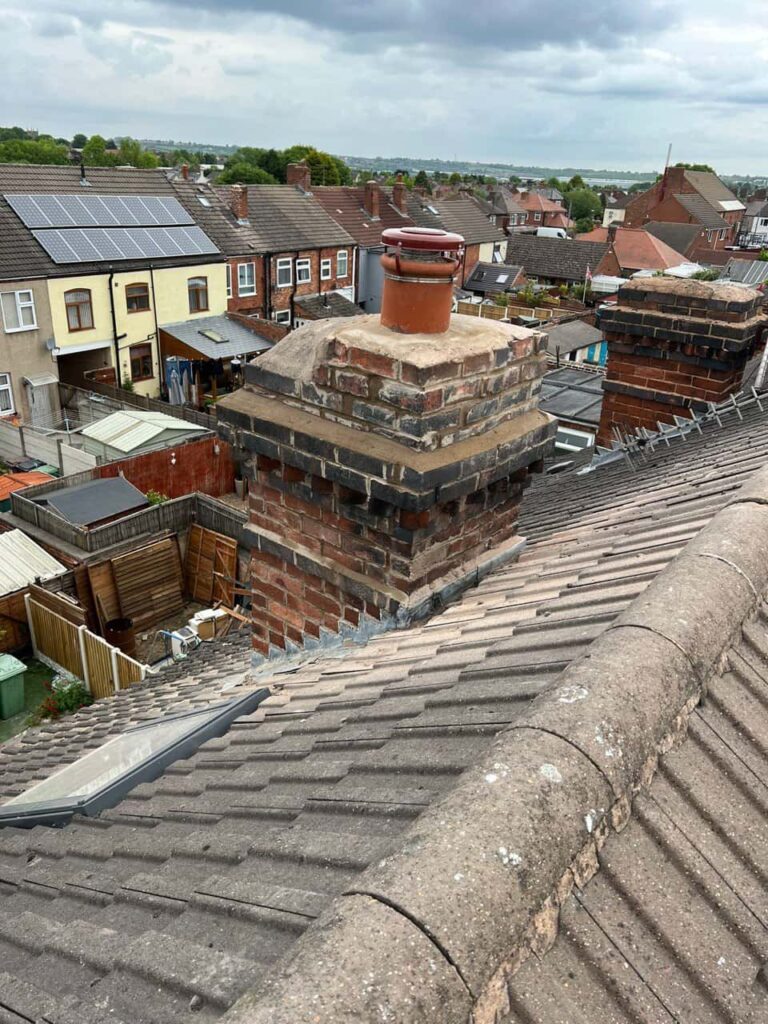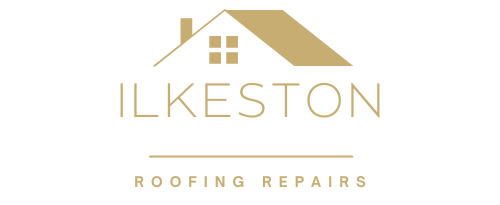Felt roofing is one of the most cost-effective and versatile roofing solutions available, widely used for both residential and commercial properties. While it may not always be the most visible or glamorous roofing material, its durability, ease of installation, and affordability make it an excellent choice for various applications. At Ilkeston Roofing Repairs, we are experienced in installing and repairing felt roofs, and we believe that understanding how felt roofing works and where it is best used can help you make an informed decision for your next roofing project.
How Felt Roofing Works
Felt roofing is typically made of multiple layers of roofing felt, which are applied to the roof deck. The layers are often bonded together with heat or cold adhesive, creating a watertight surface that protects the building underneath. The two most common types of felt used for roofing are:
- Asphalt Felt: This type of felt is coated with asphalt and often reinforced with a fibreglass or polyester mat for added strength. It’s highly durable and provides an excellent waterproof barrier.
- Bitumen Felt: Bitumen-based felt is another popular option, typically used with a torch-on installation method. It’s ideal for both flat and low-pitched roofs and is known for its robustness.
The key benefit of felt roofing is its ability to form a seamless membrane across the roof, which prevents water from penetrating the structure. It also provides good thermal and sound insulation, making it an ideal choice for roofs that require extra protection from the elements.
Where Felt Roofing is Best Used
Felt roofing is a highly adaptable material that can be used in a variety of situations. Below, we explore some of the most common applications:
1. Flat Roofs
Felt roofing is widely used on flat roofs due to its ability to create a continuous, impermeable membrane. Since flat roofs are more prone to water pooling, having a reliable waterproof layer is essential. Felt roofing provides this, making it ideal for homes, garages, sheds, and commercial buildings with flat roofs.
2. Low-Pitched Roofs
While felt roofing is most commonly associated with flat roofs, it can also be used on low-pitched roofs. Its versatility in creating a waterproof seal makes it perfect for roofs that aren’t steep enough to accommodate traditional slates or tiles. Felt roofing works well on extensions, porches, and certain types of outbuildings.
3. Garages and Sheds
Felt roofing is often the material of choice for garages and sheds due to its cost-effectiveness and ease of installation. These types of buildings typically have flat or slightly sloping roofs, making felt an excellent option. The waterproof nature of felt roofing ensures that your garage or shed remains dry, protecting tools, equipment, and other belongings from water damage.
4. Extensions and Lofts
For home extensions or loft conversions, felt roofing is a reliable and budget-friendly solution. It provides sufficient weatherproofing and insulation while being easy to work with in the context of a renovation or extension project. Felt roofing also allows for easy integration with other roofing materials.
5. Temporary Roofs
In certain situations, such as when a new building is being constructed or existing roofing is being repaired, felt roofing is often used as a temporary roofing solution. Its quick installation and ability to provide a waterproof layer make it ideal for such applications.
Benefits of Felt Roofing
- Cost-Effective: Felt roofing is one of the most affordable roofing materials, offering a high level of protection without a significant investment. It is an excellent choice for budget-conscious homeowners or businesses looking for a practical solution.
- Durability: When installed correctly, felt roofs can last for many years, providing long-term value. They are resistant to wear and tear caused by the elements, such as UV rays and heavy rain.
- Easy Installation: Felt roofing is quick to install, especially compared to more complex roofing systems. This reduces the overall installation time and labour costs, making it an attractive option for those on a tight schedule or budget.
- Waterproofing: Felt roofing offers exceptional waterproofing qualities, creating a seamless layer that prevents water penetration and protects the building beneath.
- Insulation: Felt roofs can provide additional insulation against heat and sound, making them suitable for buildings where temperature control and noise reduction are important.
Conclusion
Felt roofing is a reliable, cost-effective, and versatile roofing solution suitable for a wide range of applications. Whether you need to protect a flat roof, extend your home, or cover a garden shed, felt roofing offers a practical option that can help safeguard your property. With proper installation and maintenance, felt roofs can provide long-lasting protection against the elements.
If you’re considering felt roofing for your home or building project in Ilkeston, Nottingham, contact Ilkeston Roofing Repairs today. Our experienced team specialises in high-quality felt roofing installations and repairs, ensuring that your property remains secure and dry for years to come. Let us help you find the ideal roofing solution for your needs.
Call us on: 0115 647 1193
Click here to find out more about Ilkeston Roofing Repairs
Click here to complete our contact form and see how we can help with your Roofing needs.

